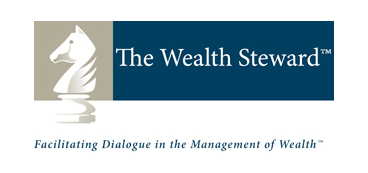By Dan Hallett on March 21, 2010
ETFs are a hot topic these days. As Mark and I highlighted in this post, active ETFs could be a game-changer for the investment fund industry. In this March 20 Financial Post article, I spoke about the good and bad of active ETFs and the threat they could pose to traditional funds. One downside not expanded upon in the article is the structure of performance fees on the AlphaPro ETFs. Let’s use the AlphaPro North American Value ETF (HAV) to illustrate.
HAV will pay a performance fee when it outperforms the S&P 500 Composite Index (C$). While the prospectus states that the fund will invest “primarily” in U.S. stocks, its holdings include Canadian phone giant BCE Inc., British spirits maker Diageo PLC. – the top two holdings – and cell-phone manufacturer Nokia of Finland. I have no beef with the ETF’s sub-adviser, Vito Maida. I was a Vito Maida fan a dozen years ago when seemingly everyone complained about his huge overweight in cheap energy stocks (with crude oil trading well below US$20/barrel) and gold (when it was hovering around US$300) from 1997 to 1999. I also like flexible mandates as long as a skilled portfolio manager, like Mr. Maida, is at the helm. But HAV’s performance fee is based on a benchmark that does not fully reflect its flexible policy of investing outside of the U.S.
More generally, performance fee structures leave a lot to be desired in this industry. Too many are either too richly priced, based on inappropriate benchmarks, lack a high water mark or get added onto already generous base fees. This Globe and Mail article, from last fall, features hedge fund firms cutting performance fees. It also revealed that some hedge funds sported performance fees with no high water mark. But the problem extends beyond hedge funds so this is a topic I’ll be digging into further.
—————————————————
Everybody seems to be worried about rising interest rates and bond yields. In this March 13 Financial Post article, I warned that tilting your bond portfolio to hedge one risk usually exposes you to another risk. Even with these low rates, bonds should remain a staple of virtually all portfolios. But with today’s heightened valuation risk, investors must choose the risks they want to hedge and those they can live with – because you cannot eliminate all risks and expect to earn more than a T-bill.
- The S&P 500’s Three Surprising Traits - November 6, 2024
- Savvy DIY Investors Must Plan For Succession - September 4, 2024
- The Signs of when to Leave Your Money Manager - May 22, 2024



